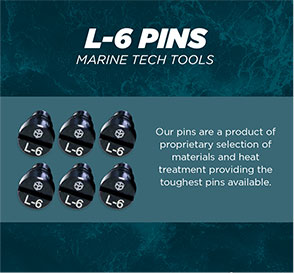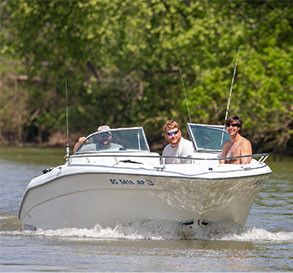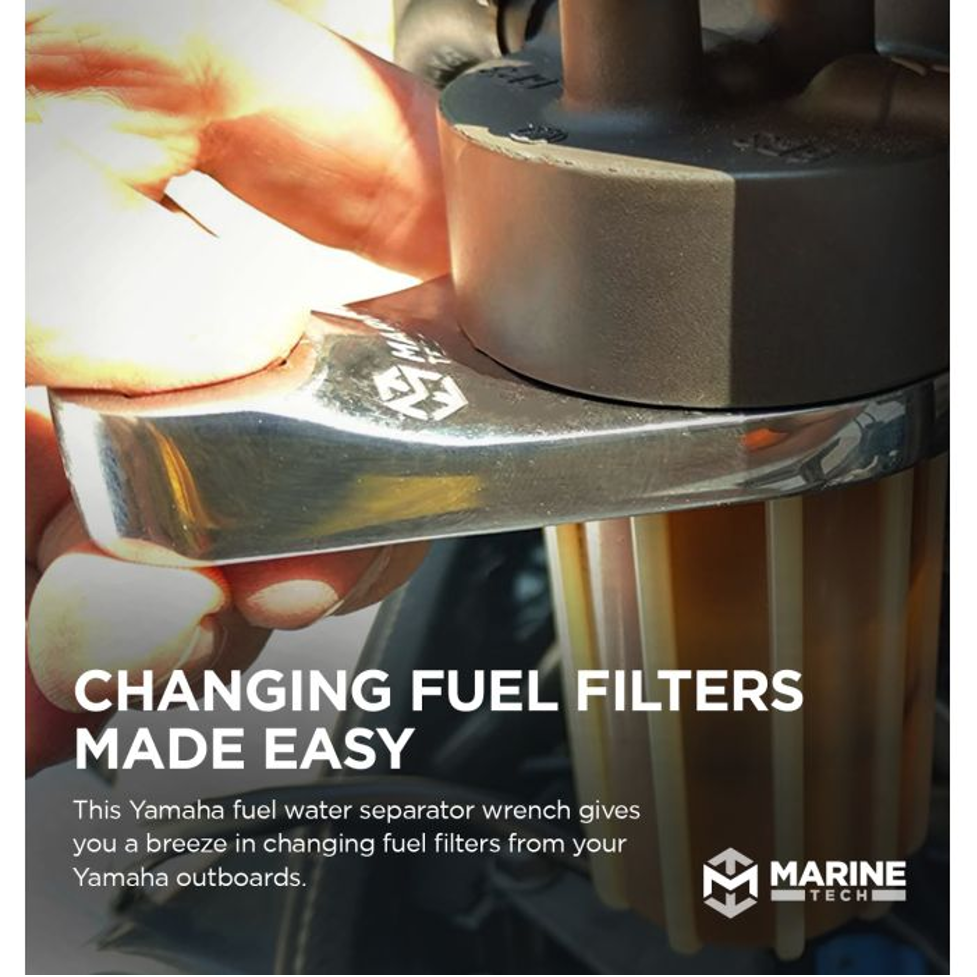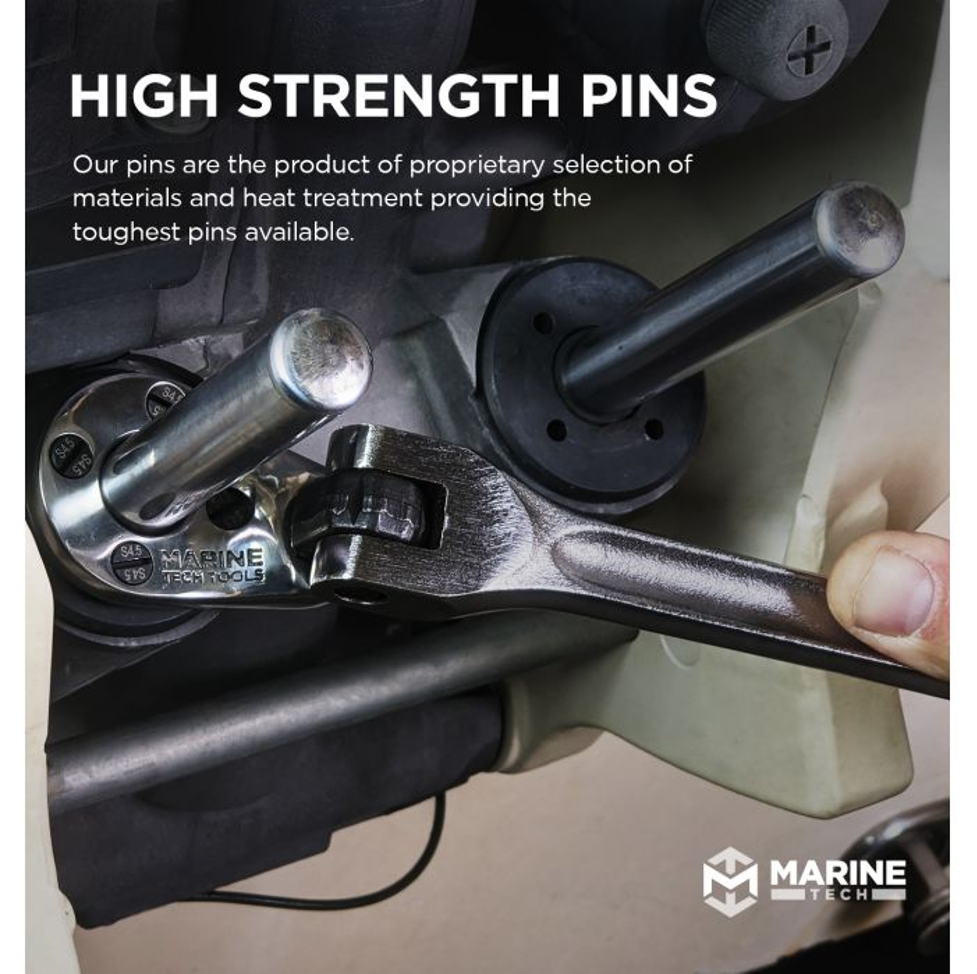If you’re looking for a challenging catch that will give you an impressive picture and taste amazing, grouper might just be the fish for you. These fish are known for their thick, heavy bodies that can weigh up to — or even above — 100 pounds! Grouper are also smart and strong fighters, so you’ll definitely have your work cut out for you, but they’re well worth the effort.
Here’s what you need to know to catch your own grouper, along with some recipe ideas for when you’re ready to serve up your catch.
Where to Look for Grouper
There are many different species of grouper, some of them endangered. Common types include black grouper, gag grouper, red grouper, and scamp grouper. The goliath grouper — named for its especially colossal size — can grow up to 800 pounds, and is protected as an endangered species due to overfishing.
In general, grouper like to lurk in deep waters in and around underwater structures, where they can easily ambush their prey. During cooler months, you’re likely to find them closer to shore, but they move offshore for the summer.
Grouper like to hide and wait for their food to come to them, so you’ll want to get your bait all the way to the bottom around underwater structures like reefs, shipwrecks, ledges, etc., and jiggle it up and down to entice them to bite.
How to Catch Grouper

There are a few different methods for catching grouper, many of which are similar to methods used for any other kind of bottom feeders. Whichever method you use, keep in mind that hooking a grouper is one thing — but reeling it in is another.
The thing about groupers is that they like to grab the bait and immediately swim back to shelter. There, they often wrap the line around the structure to break it off. So as soon as you hook one, you’ll need to act fast, or you’ll lose it.
You’ll also want to use heavy-duty gear like conventional offshore tackle and heavy braided line to make sure it can handle the weight of a large grouper. Fresh, live bait often works best, since that’s what groupers are waiting to feed on anyway, and circle hooks are generally recommended.
Be patient, and be prepared to fight the grouper from the moment it bites until you have it in your boat.
Simple, Tasty Grouper Recipes
Grouper are known and loved for their delicious, mild taste and distinctive flaky texture. The meat is less delicate than other types of fish, so it can be prepared and enjoyed in a wide variety of ways.
Here are a few simple and quick grouper recipe ideas for you to try:
- Blackened Grouper
- Pan-Seared Grouper with Mango Salsa and Coconut Rice
- Bahamian Boiled Fish
- Pan-Seared Grouper Sandwiches with Mojo Mayo
- Easy 10-Minute Lemon-Butter Grouper Fish Tacos
The best part? Since grouper is such a versatile treat, these are just some of the many ways you can cook it!
Not Easy, but Worth It!

With their large size, strength, and quick ambush-then-hide instincts, grouper aren’t the easiest fish to catch by any means. But the effort it costs to land one is more than made up for by the thrill of successfully reeling in a huge prize — not to mention that delicious taste.
When armed with the right gear, determination, and maybe a little bit of luck, you’ll be ready to take on this challenging but prize-worthy catch.













